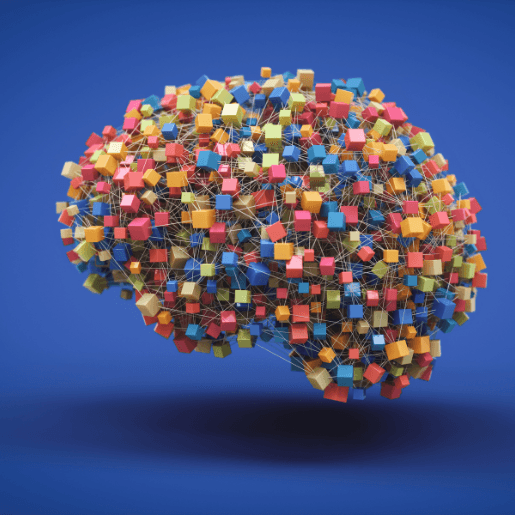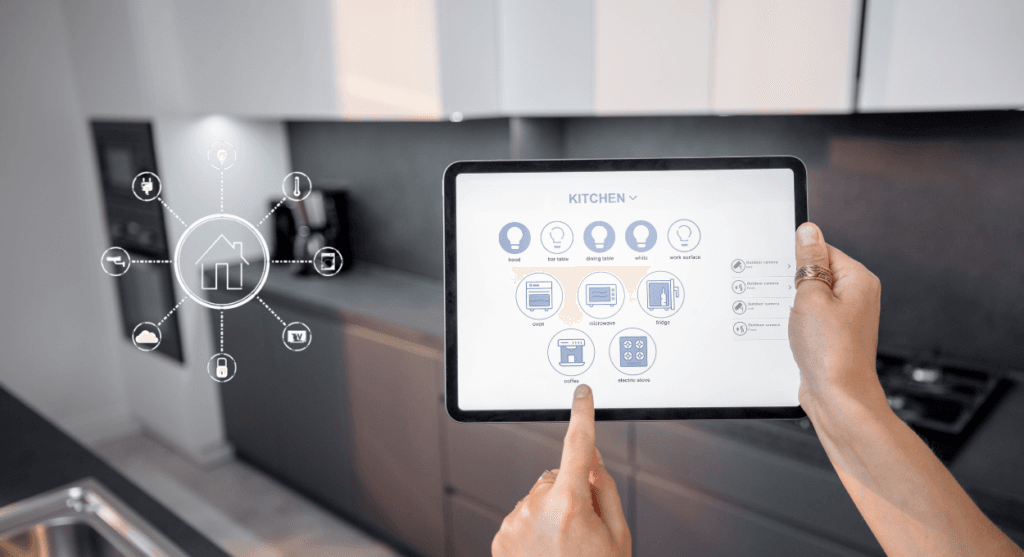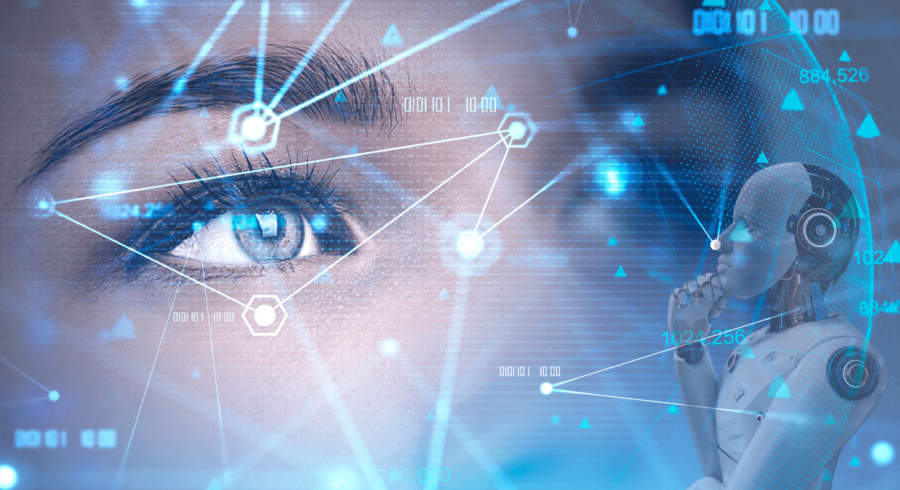Technology has become the backbone of modern life, shaping how we live, work, and connect in ways we never imagined. From smart gadgets that simplify household tasks to AI-driven tools enhancing workplace productivity, technology is transforming daily routines like never before. With advancements like wearable devices monitoring health, virtual communication bridging global gaps, and smart homes revolutionizing comfort, it’s impossible to ignore the profound impact of technology on our everyday lives.
But this transformation isn’t without its complexities. While technology brings unparalleled convenience and efficiency, it also introduces challenges such as increased screen time, cybersecurity risks, and the struggle to balance digital and offline worlds. These impacts raise an essential question: Are we using technology to improve our lives, or is it overwhelming us?
This blog explores how technology is redefining our daily existence—from the way we communicate and work to how we manage health and enjoy leisure. Whether you’re intrigued by the latest gadgets or looking to strike a healthier tech-life balance, this is your guide to understanding the present and future of living in a tech-driven world.
Quantum Technology and Artificial Intelligence in Education
Quantum technology and artificial intelligence (AI) are reshaping education by changing the way students engage with learning and how teachers manage their classrooms. With its ability to process vast amounts of data quickly, quantum computing improves research capabilities and problem-solving methods. AI simplifies various educational tasks, including grading, lesson planning, and assisting students with personalized learning. These innovations aim to create a more adaptable and inclusive educational environment for both students and teachers.

Transforming Learning with Technology
Quantum technology and artificial intelligence (AI) are bringing significant changes to education. Quantum computing can process complex data quickly, making it useful for research, problem-solving, and simulations in subjects like science and mathematics. AI helps improve learning experiences by offering automated support, analyzing student progress, and assisting teachers in managing classrooms more efficiently. These technologies have the potential to make education more effective and accessible.
Enhancing Personalized Learning
AI-based tools can adjust lessons based on a student’s learning speed and understanding, allowing for a more personalized approach. Virtual tutors and chatbots help students with doubts, while automated grading systems save teachers time. Quantum computing, when combined with AI, can further improve how educational data is processed, making it easier to identify students who need extra help. This allows educators to provide timely support and improve learning outcomes.
Better Simulations and Data Security
Quantum technology makes it possible to create advanced simulations for subjects like physics, chemistry, and medicine. This allows students to experience virtual experiments and gain practical knowledge without needing expensive lab equipment. Another advantage is the security that quantum computing offers. With quantum encryption, student records and online learning platforms can be better protected against cyber threats, ensuring data privacy and safety.
Challenges and the Future of Education
Despite its potential, the use of quantum technology and AI in education comes with challenges. High costs, data security concerns, and the need for proper teacher training must be addressed before these technologies can be widely used in schools and universities. However, as advancements continue, these innovations will likely become more affordable and accessible. In the future, quantum and AI-powered education systems could make learning more interactive, efficient, and secure for students worldwide.
The Importance of Technology in Healthcare and Economics
Technology is playing an increasingly important role in both healthcare and financial management. In healthcare, modern tools and innovations are improving diagnosis, treatment, and patient care. In the financial sector, technology helps individuals and businesses manage wealth more effectively. These advancements are making everyday life more efficient, secure, and accessible for people across the world.
Technology in Healthcare
Medical advancements have made it easier for doctors to detect and treat illnesses more accurately. Modern equipment, such as imaging devices and robotic-assisted surgeries, allows for better precision and faster recovery times. Wearable health devices help individuals track vital signs like heart rate and blood pressure, enabling early detection of potential health problems. Additionally, virtual consultations have made healthcare more convenient, especially for those in remote areas.
Advancements in Medical Research and Treatment
Technology is also improving medical research and the development of new treatments. Researchers use data analysis tools to study diseases, track trends, and discover new medications. This speeds up drug development and helps create personalized treatment plans based on an individual’s health history. Hospitals and clinics also benefit from better resource management, ensuring more efficient patient care and reduced costs.
Technology in Wealth Management
In finance, technology has transformed how people manage their money. Online banking and mobile apps allow individuals to track expenses, make payments, and save efficiently. Investment platforms use data analysis to provide insights into market trends, helping investors make informed decisions. Automated financial tools assist in budgeting and financial planning, making wealth management accessible to more people.
Boosting Business and Economic Growth
Businesses depend on technology to enhance efficiency and lower expenses. Automated processes help companies save time and resources, while digital tools provide better insights into customer needs. Online transactions and secure payment systems have made financial dealings faster and more transparent. With continuous advancements, technology is shaping a future where both healthcare and financial stability become more efficient and accessible for individuals and businesses alike.
Smart Homes and Technology & Artificial Intelligence

The rise of smart home technology, driven by the Internet of Things (IoT), has transformed modern living, delivering unmatched convenience, efficiency, and security. Smart devices now automate daily tasks, optimize energy usage, and give homeowners enhanced control over their surroundings, making smart living an integral part of everyday life rather than just a passing trend.
Effortless Automation for Daily Tasks
Smart home technology simplifies daily tasks, allowing individuals to focus on more meaningful activities. Automated devices, such as robotic vacuum cleaners, take care of household chores, while smart thermostats adjust temperatures based on schedules to save energy and reduce costs. For instance, a professional can program their thermostat to activate only when they are home, saving both time and money.
Enhanced Security at Your Fingertips
Security is a key feature of smart home technology, offering homeowners the ability to monitor their properties in real-time from anywhere. Smart security systems, including video doorbells and surveillance cameras, help prevent incidents by providing instant alerts and remote access. For example, a family was able to alert authorities about a potential break-in while they were away, ensuring their home remained safe. Additionally, smart locks offer extra peace of mind by allowing remote control over who can access the home.
Energy Efficiency and Sustainability
Smart devices play a vital role in reducing energy consumption, paving the way for a more sustainable future. Automated smart lighting systems, for example, can be programmed to turn off when a room is unoccupied, helping households save energy. One family reported cutting their electricity bill by up to 15% by incorporating smart lighting and energy-efficient appliances. These small yet impactful changes showcase how IoT technology promotes both cost savings and environmental conservation.
Entertainment and Comfort Redefined
Smart home technology has revolutionized entertainment and comfort. Voice-activated systems now manage tasks such as playing music or controlling home theatre setups, making daily life more convenient. For instance, a family created the perfect movie night experience by adjusting lighting and entertainment settings with a simple voice command, highlighting how these devices bring convenience and enjoyment into everyday living.
The Future of Smart Homes
The future of smart homes holds exciting possibilities as technologies like artificial intelligence (AI) and machine learning continue to evolve. These advancements are making smart devices increasingly intuitive, enabling them to learn and adapt to individual preferences. Imagine a home that automatically adjusts lighting, temperature, and entertainment settings based on your mood or daily routine. Such innovations aim to create a seamless and personalized living experience, transforming the way we interact with our living spaces.
Also Read: Improving life Fact
Social Media and Lifestyle Changes: Navigating the Digital world

Social media has become an integral part of contemporary life, shaping everything from fashion trends to social movements. These platforms are powerful tools for raising awareness and mobilizing support on a global scale, as seen during significant events and campaigns.
In addition to their societal impact, social media fosters a sense of community by connecting like-minded individuals. Small businesses have also benefited, using these platforms to reach new audiences and boost sales. For example, one boutique reported a substantial increase in revenue after utilizing targeted ads, demonstrating how effectively social media can support entrepreneurial growth.
tance, small businesses have leveraged Instagram to build customer bases and increase sales. A boutique in New York City reported a 30% revenue increase after running targeted ads on Instagram.
However, the curated perfection often showcased online can lead to unrealistic expectations and mental health challenges. Studies reveal that frequent social media use contributes to stress and anxiety, particularly among teenagers. To counter this, apps like BeReal encourage users to share authentic, unfiltered moments, promoting healthier online interactions.
- Empowering Grassroots Movements: Social media has become a critical tool for grassroots organizations, enabling them to gather support, fundraise, and advocate for change. For example, GoFundMe campaigns shared on platforms like Facebook have raised millions for humanitarian causes.
- Cultural Exchange: Platforms like TikTok and Instagram have fostered a global exchange of cultures, with users from different countries sharing traditions, music, and art, creating a more interconnected world.
- Educational Content: Social media is increasingly used as an educational tool, with creators offering free tutorials, tips, and knowledge on topics ranging from financial literacy to personal development.
- Real-Time News and Updates: Twitter and other platforms have become primary sources for breaking news, allowing users to stay informed and participate in global conversations as events unfold.
- Influencer Impact: Social media influencers have reshaped marketing, with individuals building careers through content creation and driving consumer behaviour in industries like fashion, fitness, and technology.
Create AI Images With :AI Image
Technology has seamlessly integrated into every facet of our lives, revolutionizing how we work, learn, communicate, and live. From smart devices that simplify daily tasks to platforms that connect individuals across the globe, its impact is undeniable. However, with these advancements come challenges like privacy concerns, engagement issues, and the need to balance our digital and offline worlds. By embracing technology mindfully and addressing its complexities, we can harness its immense potential to create a future that is innovative, inclusive, and balanced.
Let’s use technology as a tool for empowerment, ensuring it enhances our lives without overshadowing the human experience.

